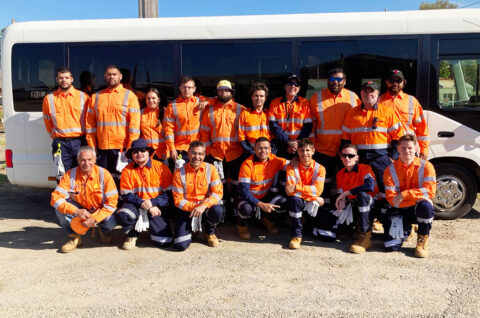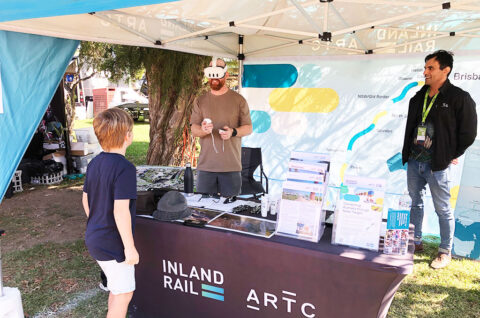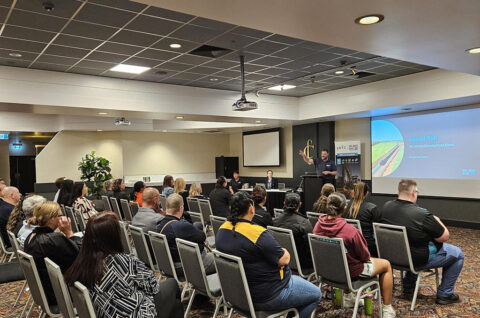Inland Rail Community Consultative Committee on track in Riverina
The Community Consultative Committee (CCC) for the Illabo to Stockinbingal section of Inland Rail is set to meet for the first time this month with fifteen local people selected to represent the community.
February 26, 2019
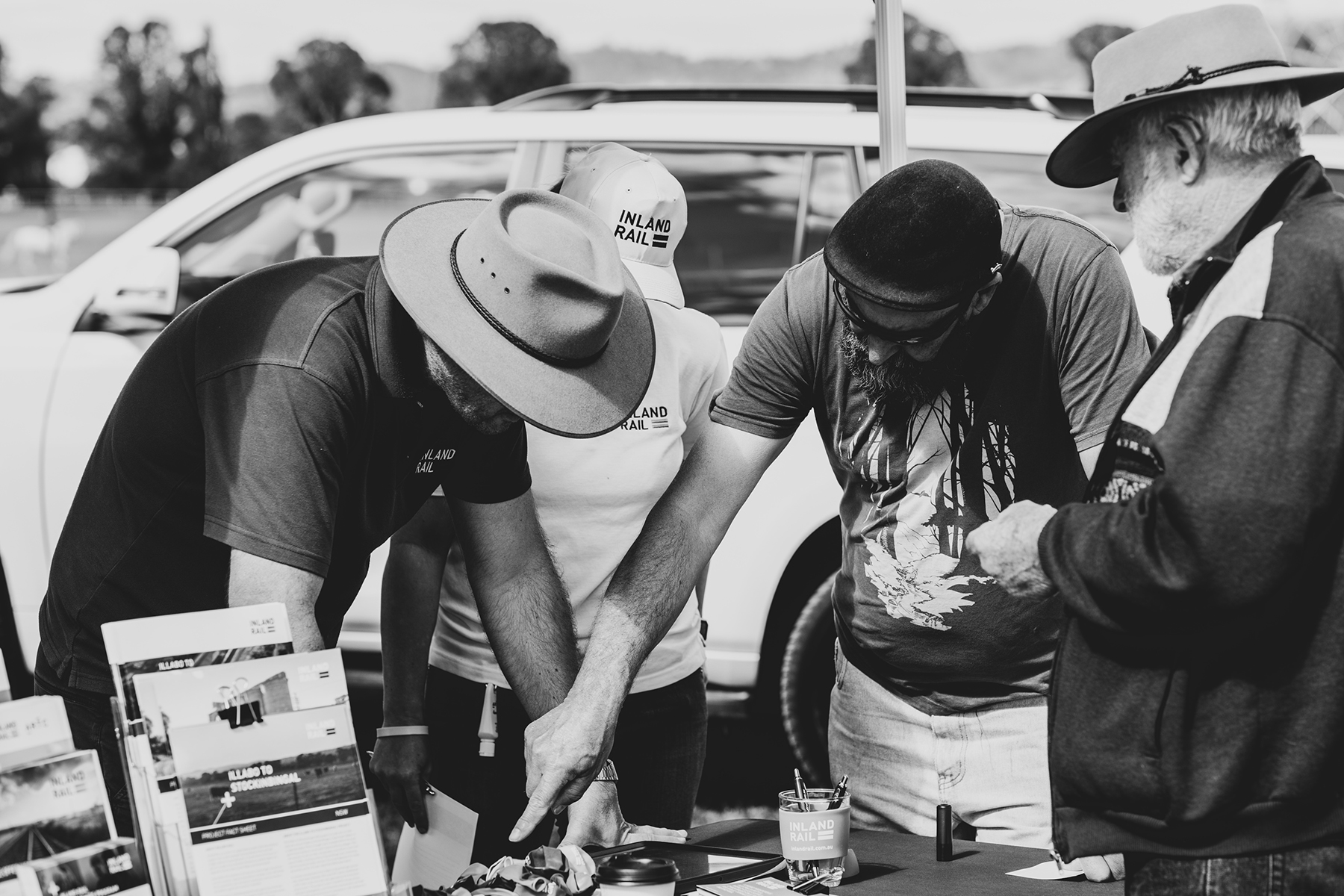
The CCC’s independent chair Garry West, who was appointed by the NSW Department of Planning and Environment, said he was looking forward to working with advocates from across the Riverina region.
“The CCC has a broad range of stakeholder representatives including landowners, NSW Farmers Association, Landcare, Councils and wider community representatives,” Mr West said.
“I am looking forward to working with the CCC members to make the most of this avenue which enables communities to provide input and feedback about what’s important to them and ensure there is a robust and factual discussion on the issues raised.”
Inland Rail Chief Executive Officer Richard Wankmuller said the CCC can help bring real value to Inland Rail as another platform for community and stakeholder input.
“It’s very useful to have these committees operating in addition to the many community engagement activities ARTC is already undertaking,” Mr Wankmuller said.
“With five Inland Rail CCCs in NSW the committees provide a two-way flow of information. The committee members bring to the table matters raised with them by community members and other stakeholders in the Illabo to Stockinbingal area, and the CCC members, as well as ARTC, will be reporting back to local communities.
“ARTC also wants to identify where there are opportunities to realise the regional economic benefits of Inland Rail so that the areas where there will be impacts are also areas where there can be significant broader benefits. In this way the CCCs can be highly important to the Inland Rail program.”
The first meeting for the Illabo to Stockinbingal CCC will be held in Cootamundra on 28 February with meetings expected to be held quarterly and rotated between Cootamundra, Junee, Stockinbingal and Illabo.
The Illabo to Stockinbingal leg of Inland Rail is a 37-kilometre greenfield site, where a new track will be built to allow the passage of double stacked freight trains, and to avoid the winding Bethungra Spiral section of the main south line. The I2S project is currently in the Feasibility Stage with an EIS due to be exhibited for public comment and assessment by the NSW Government within the next 12 months.
Information on the Illabo to Stockinbingal CCC including committee members is available here https://inlandrail.artc.com.au/i2s-ccc.
For more information on the Illabo to Stockinbingal project please visit https://inlandrail.artc.com.au/I2S, email inlandrailnsw@artc.com.au or phone 1800 732 761.
Media contact: Media Team | ARTC | 1300 196 401
Image caption: Illabo to Stockinbingal chair Garry West
Note to Editors
Biography – Garry West
Garry West is a former member of the NSW Parliament (1976-1996) where he held various ministerial portfolios. After retiring from Parliament in 1996, he held senior level management roles in the private sector. In recent years he has served as a member of the Planning Assessment Commission, chairs the Northern Regional Planning Panel, and chairs several Community Consultative Committees.
Committee information:
- In NSW the independent chair of a CCC is appointed by the state Department of Planning and Environment.
- Committees will comprise members with a range of backgrounds and interests. This can include representatives from local councils, landowner groups, community representative groups and interested community members. It will also include representatives from ARTC.
- All nominations for membership of a CCC must be made directly to the chair, who will assess them against the criteria established by the guidelines and then make recommendations to the Department of Planning and Environment on which applicants should be appointed.
The purpose of the committees is to:
- Facilitate broader community involvement in the project to seek community feedback and input to project outcomes
- Increase awareness and understanding for the project by providing communities with ‘one-point of call’ for project information; and
- Act as a conduit between the project team and the community to provide information or address issues and concerns.
